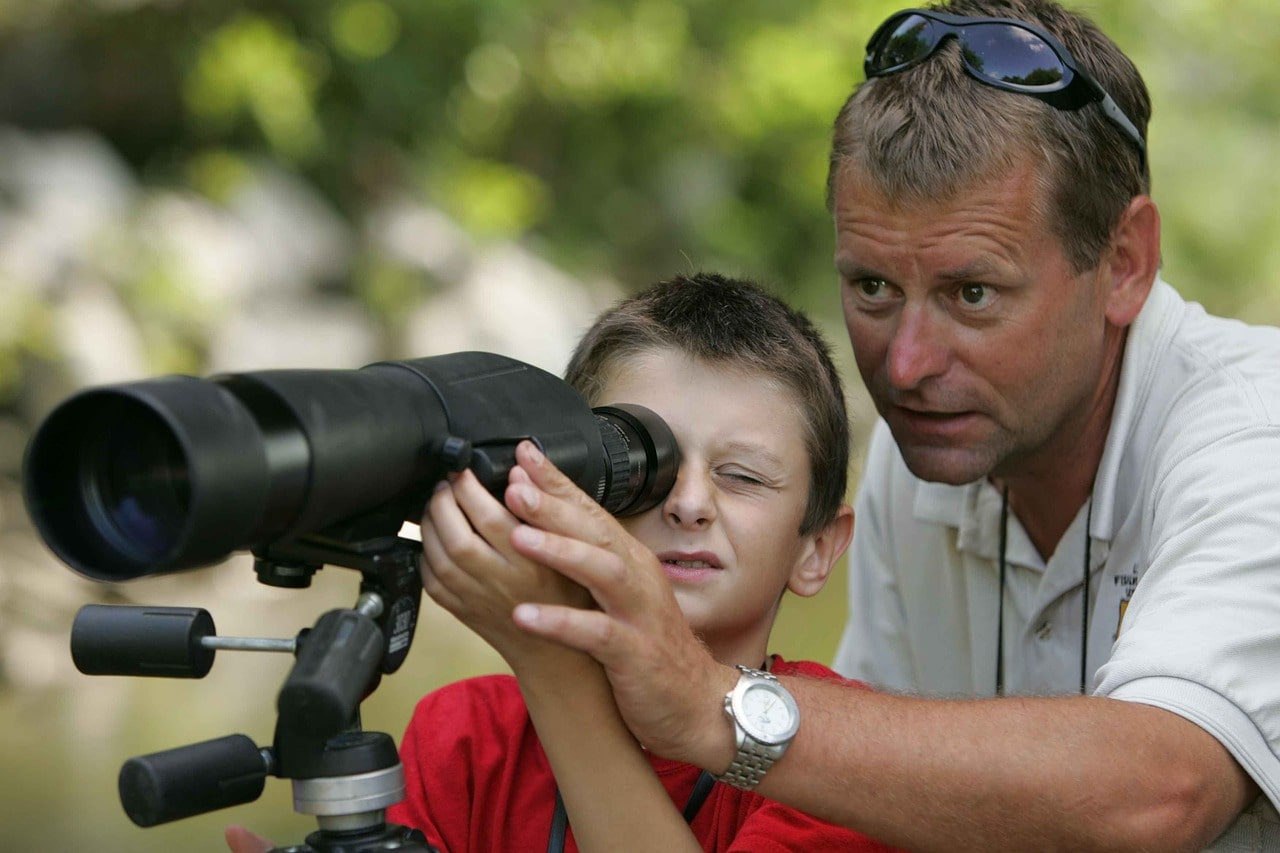In an exciting hobby like hunting, shooting equipment plays a key role. The best option will bring considerable bonuses in the form of additional features and unforgettable impressions. Consider a scope and monocular combination. Whichever scope you use, we are confident that the monocular will expand your possibilities. It is compact, lightweight, and will not heavily weigh the weapon. The monocular can be used as a mini telescope, worn on the head or helmet. In doing so, he can turn a rifle for daytime hunting into a weapon for a night in a few minutes. You will no longer need to carry two rifles at the same time, day and night. Agree. Being overweight in a hobby on foot makes you lose your mobility. You say that you can change the sight of the weapon, and you would be right. Nevertheless, it will take some time, and simultaneously, the position of the line of sight fails. This negatively affects shooting accuracy. When installing a monocular, accuracy will not suffer, and we will get a universal weapon. There are several installation options. The first option provides for the installation of a monocular in front of the sight. The second – after the sight. A regular monocular works best when placed behind the scope. Night vision and thermal monocular work best when placed in front of a regular scope.
Night vision rifle scope and monocular
Let’s consider the combined use of a night vision sight and thermal imaging monocular. This combination will make it possible to neutralize the disadvantages of a night vision sight and obtain several advantages. The night vision sight can only work with a sufficiently high level of night illumination. With a lack of light, infrared illumination is required. The sight is poorly visible in adverse weather conditions – rain, snow, fog, dust storm. Significant interference in the form of bright light, fire, car headlights will make aiming impossible. When used together with a night vision sight and thermal imaging monocular, the latter will correct the shortcomings of the sight. The thermal imaging monocular does not depend on weather conditions. The illumination level is not afraid of bright light and perfectly copes with interference in the form of fog, snow, dense vegetation. A Tandem in the form of a night vision scope and an infrared monocular will be cost-effective concerning two-channel devices and provide the same advantages.
Thermal rifle scope and monocular
Thermal imaging scope has several advantages over optical and night vision devices. In particular, it allows you to observe the animal in heavy snowfall, fog, rain, through the foliage, and even identify places of camouflage. However, there are also several disadvantages: the horizon is not visible, there is no optical image, there are only thermal spots, and it is expensive. To improve the image, you can use a regular monocular. It will give a good orientation in space and will allow you to get more magnification. Compared to the cost of the “day-night” system, the option with a thermal imaging sight and a monocular is more advantageous.
Common rifle scopes and monoculars
Conventional scopes are still in high demand due to their reliability, ease of use, and relatively low cost. Nevertheless, they are not all-weather and are not suitable for night hunting or security activities. To not buy another weapon for night hunting, you can purchase a thermal imaging monocular or a night vision monocular, in addition to an optical sight. With the onset of dusk, it becomes difficult to navigate, especially when hunting in the forest. Even with a rifle with an infrared scope, it is difficult to walk through the forest, scanning the terrain through the weapon’s scope. The safety of everyone involved is at stake, and neglecting equipment can be costly. Agree that a lightweight monocular with infrared vision will be a nice bonus in the night forest. The ability to clearly see the target without losing sight of colleagues in camouflage uniforms is a significant plus on the hunt. The choice of a monocular should be made based on the hunting conditions and the planned budget. For hunting in conditions of reduced visibility, a night vision monocular is suitable. If necessary, it will illuminate the target with infrared illumination. A more expensive and all-weather option is thermal imaging monocular. It will give you the most advanced use cases—ideal for adverse weather conditions, temperatures, challenging rough terrain, and variable lighting.
In conclusion, we can note that the latest technologies and the most expensive models will not always be the best solution. By being smart, armed with practice and knowledge, you can find practical combinations of devices that can more than cover all your needs.

